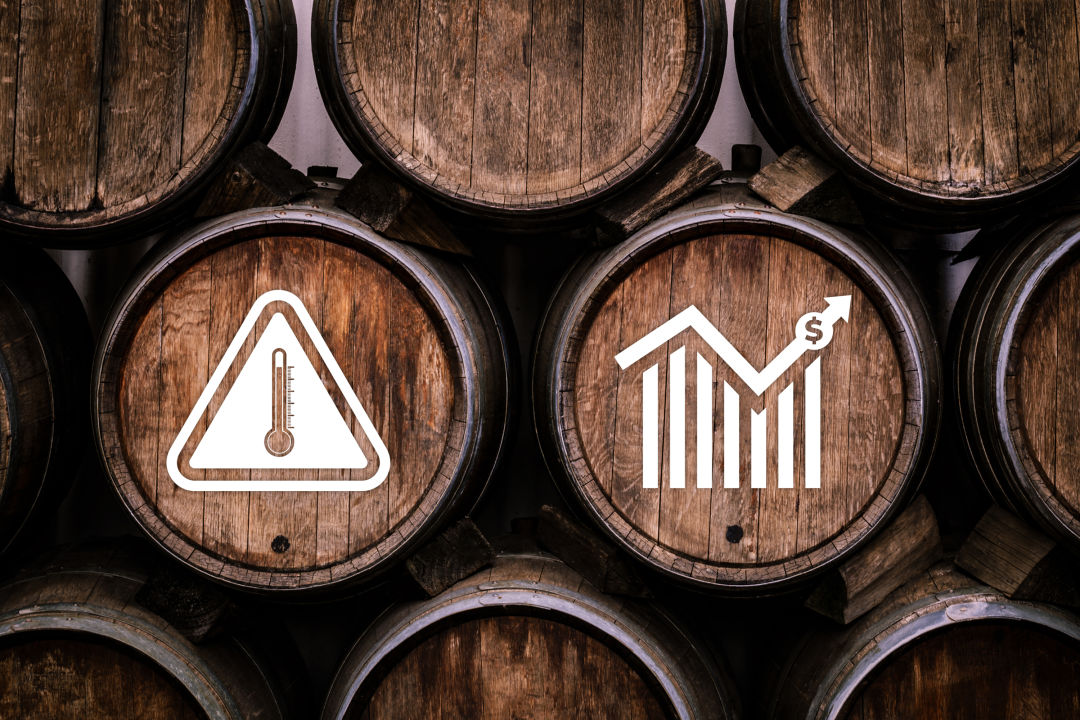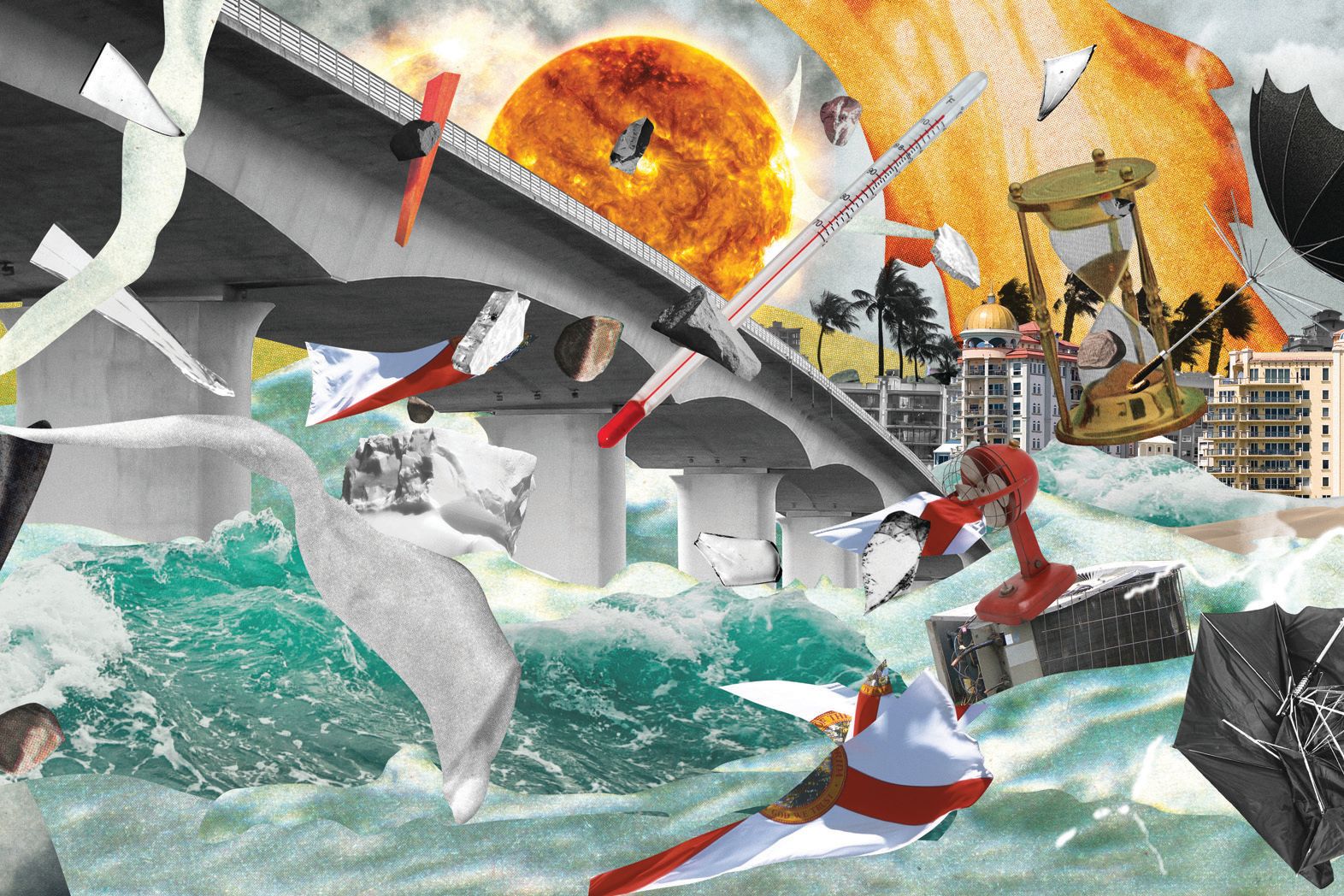Extreme Heat, Droughts and Inflation Are Hitting Winemakers Hard

When we think of natural disasters, we generally conjure up images of hurricanes, floods or tornadoes. All of these are somewhat predictable, though still devastating. But wineries are also now dealing with events that used to be unusual but are now becoming common.
The first of these, wildfires, are strongly connected to the second: heat. The hotter an area becomes, the greater chance for wildfires, and they have plagued California for the past several years and caused widespread devastation in wine country. So far this year, none have erupted, but summer is just beginning. Unfortunately, this is not true for Europe. Wildfires are currently burning in France, and Portugal. The damage to grapes is not yet known.
Also in France, spring brought devastating hailstorms that lasted four days. Then, as summer began, temperatures rose to more than 100 degrees Fahrenheit and last week reached 115. Wine grapes can withstand high temperatures, but not for long periods of time. Without sufficient irrigation, grapes will dry up and die.
And, as if the heat were not enough, California continues to experience its worst drought in history. The state's governor, Gavin Newsom, dealt a crippling blow to some wineries by restricting access to the Russian River water supply.
As if these disasters weren’t enough, wineries now also have to deal with inflation. Wineries that own vineyards have a small buffer, but those that don’t need to address the cost of higher prices for contracted grapes, as well as glass, closures, packaging, fuel and transportation.
Producing wine is a capital-intensive business and rising costs cannot be passed on easily. At what point of price increases will the consumer rebel? I have not seen dramatic changes on store shelves for wines under $20, but the cost of wine by the glass and bottles at restaurants has certainly increased, and restaurants that want to keep prices stable have had to resort to lower quality offerings. Even the uber-wealthy are holding back, with Bordeaux futures for the 2021 vintage down 60 percent.
As part of a long-term plan to cut costs, two major trends occurring now in California are winery consolidation and the elimination of vintage and varietal designations. Foley Family Wines and Boisset have been on a purchasing spree and even French conglomerate LVMH just purchased Napa icon Joseph Phelps.
Some wineries have, meanwhile, begun removing vintage designation in order to make a more constant wine and save money, a practice commonly used in Champagne. Varietal designations, such as cabernet sauvignon, have been slipping away for some time, as red blends have become popular. Again, this allows the winery to use less expensive grapes.
Another and more troubling aspect of inflation for wine producers is the flight to other beverages. As rent, mortgages, fuel and other costs rise, will younger drinkers choose wine or other beverages? According to John Gillespie of Wine Opinions, a wine.com survey found that 44 percent of new customers since the Covid-19 crisis are millennials or younger, and the prices they pay are higher than any other generation. It seems there is hope.
Bob McGinn has spent his entire career in the wine industry—forming wine clubs, working in wine sales marketing and engaging in all facets of the winemaking process, including vine management, fermentation and yeast analysis. He has developed wine programs for companies such as Marriott, Sheraton and Smith & Wollensky, and consults with local restaurants. You can read more of McGinn’s work at gulfcoastwinejournal.com.



